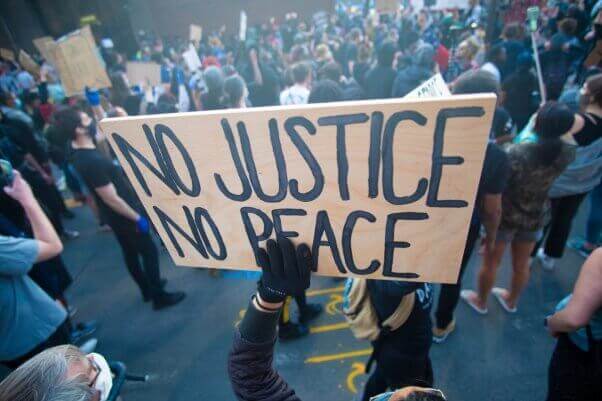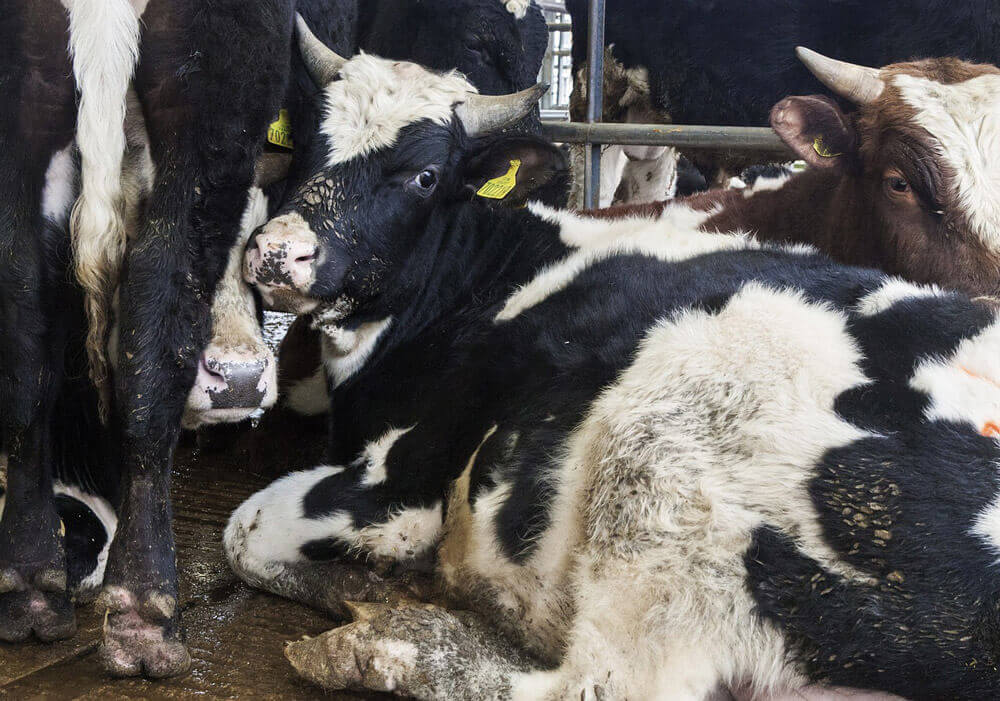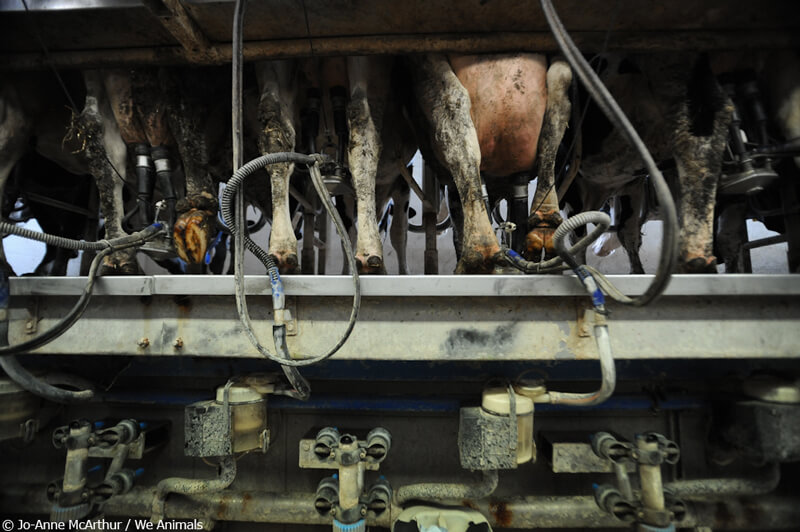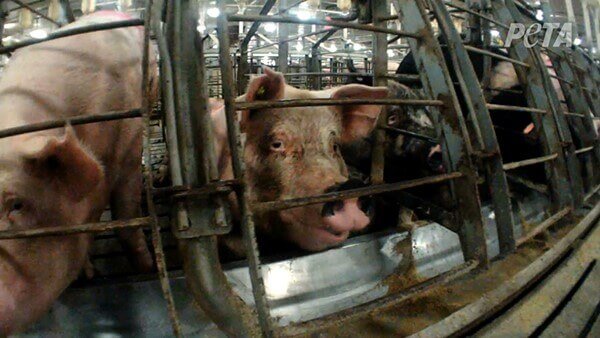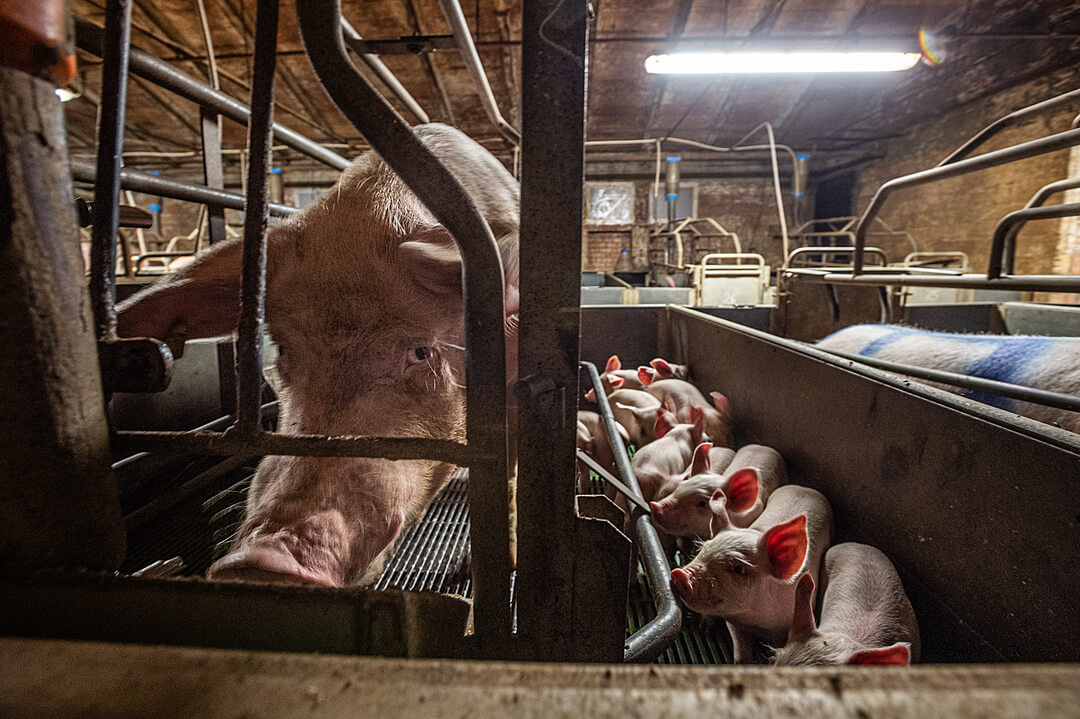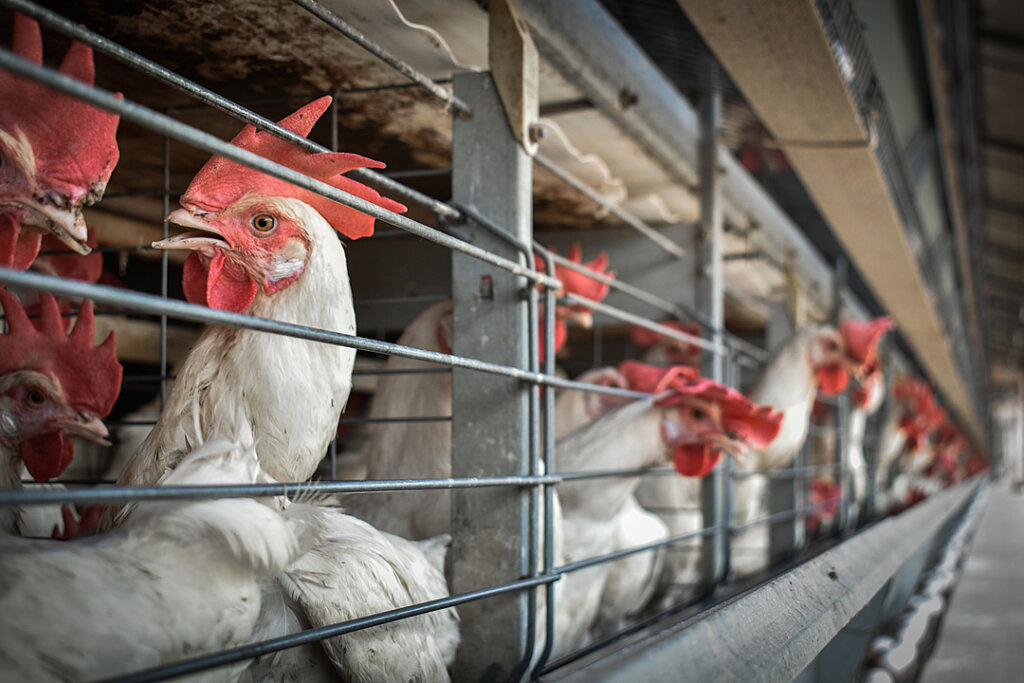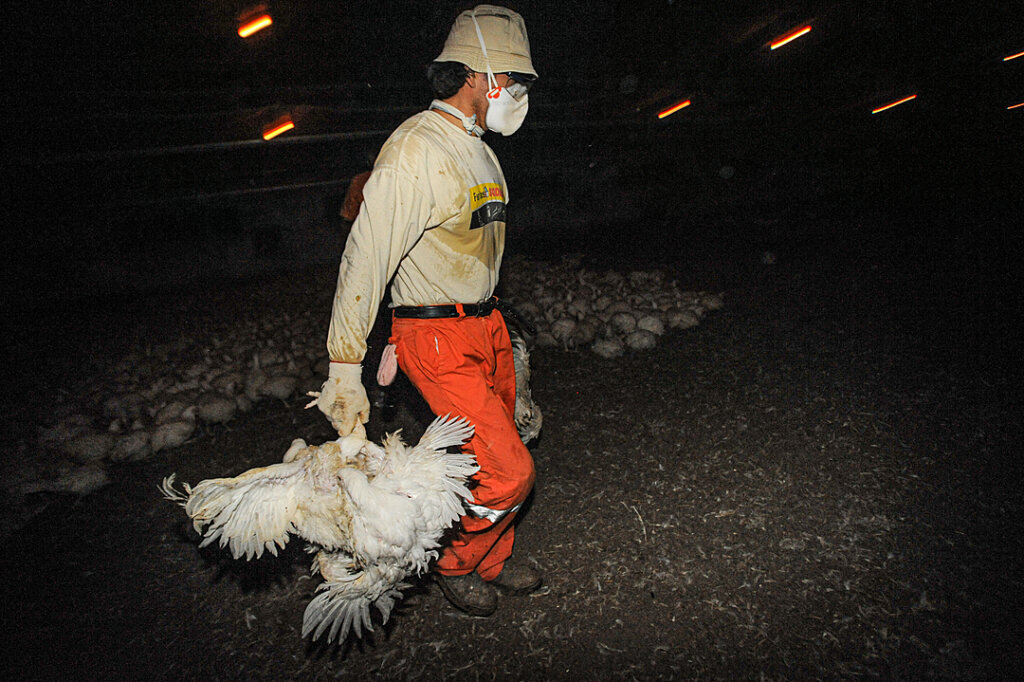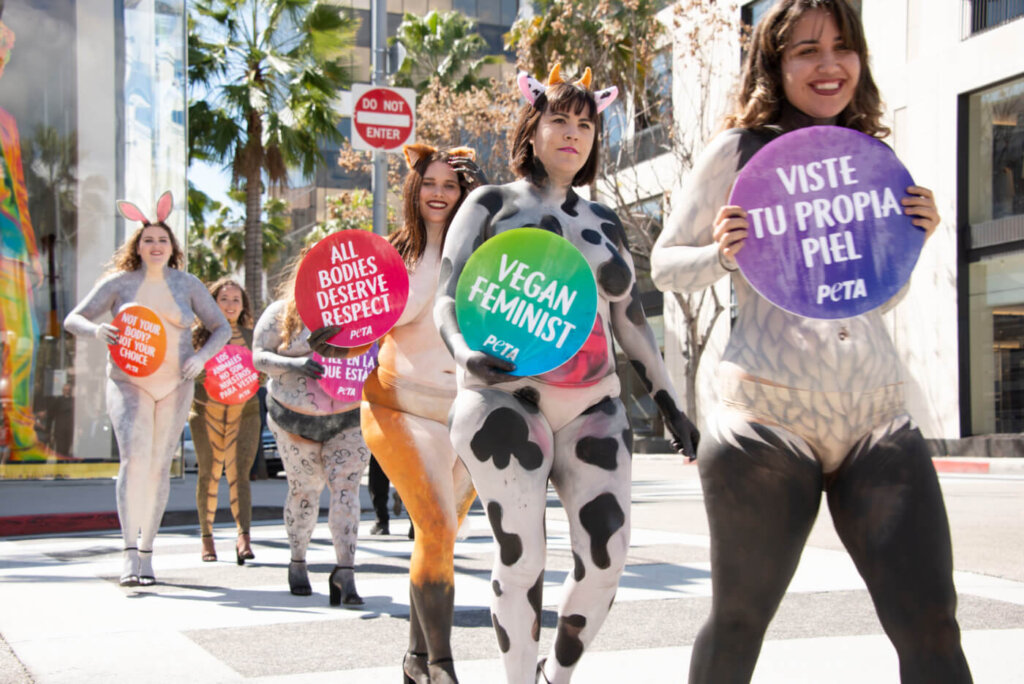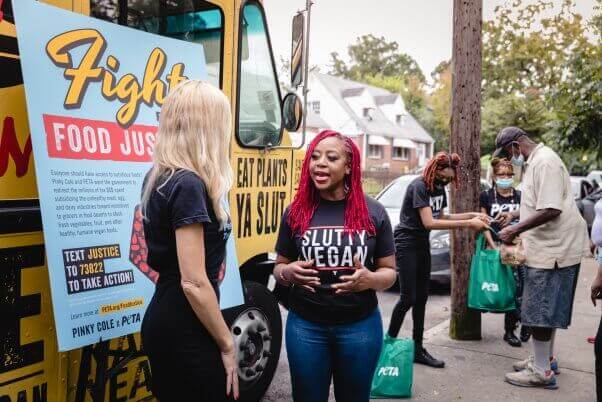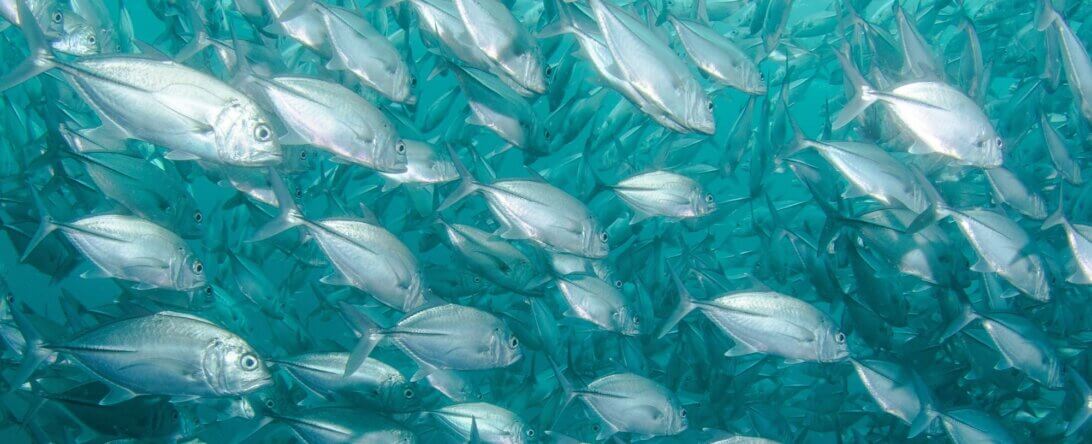Why Animal Rights Is a Social Justice Issue—and How You Can Fight Speciesism
If you support social justice issues like racial and gender equality, you should add animal rights and the fight against speciesism to your list. Why? Because of a lovely thing called intersectionality, a concept used to describe how oppressive forms of discrimination like racism, sexism, ableism, classism, homophobia, transphobia, xenophobia, and speciesism are connected and typically overlap with each other.
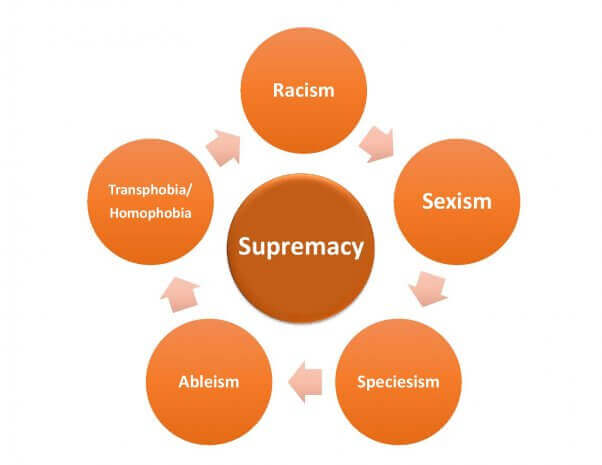
Harmful “isms” reductively consider individuals in relation to arbitrarily selected factors like skin color, physical capabilities, or gender and allow for prejudice and discrimination on that basis. Similarly, speciesism is the misguided idea that humans are superior to all other animals, thereby allowing other species to be devalued as objects to be used and slaughtered for even the most trivial human ends.
Intersectionality aims to recognize our shared struggle against discrimination and to work together to end it, because everyone—regardless of race, gender, ethnicity, social class, sexual orientation, disability, or species—deserves a life free from unnecessary harm.
More and more feminists and other social justice advocates are including animal rights in the conversation, because all social justice movements are inherently centered on campaigning for the rights of those whose voices need to be heard. Every year, humans condemn billions of cows, pigs, chickens, and other animals to a life of torture and violence without a second thought.
Anyone who cares about social justice must include animals in their activism, because there isn’t ever one isolated problem occurring at any given time. Racism and sexism are linked to a more extensive system of oppression. While some social justice movements have made strides toward equality, we’re still working to change a system that favors certain privileged groups over others.
The animal agriculture system is built on exploiting the female reproductive system. Here’s how:
Female cows produce milk for the same reason humans who have given birth do: to feed their babies. On factory farms, calves are taken away from their mothers just after birth so that the milk meant for them can be used for human consumption instead.
Cows are forcibly impregnated on what industry insiders have called a “rape rack.” After giving birth, cows lactate for 10 months and are then inseminated again. Some spend most of their lives standing on concrete floors, while others are confined to massive, crowded lots, where they’re forced to live amid their own feces.
Most female pigs in the U.S. spend their adult lives confined to cramped metal crates. When they’re old enough to give birth, female pigs are usually artificially inseminated and imprisoned for the entire length of their pregnancies in gestation crates, which are too small for them even to turn around or lie down comfortably in.
After giving birth to piglets, mother pigs are moved to farrowing crates, wide enough for them to lie down and nurse their babies in but not to turn around. Piglets are separated from their mothers when they’re as young as 10 days old. Once their piglets are gone, female pigs are impregnated again, and the awful cycle continues for three or four years. Finally, they are slaughtered.
What about the egg industry?
Portions of the sensitive beaks of most female hens used by the egg industry are cut off with a hot blade so that the birds don’t hurt each other out of frustration during their intense confinement. Then they’re forced to spend their entire lives confined to tiny cages.
The wire mesh rubs off their feathers and causes their feet to become crippled. Because of the terrible living conditions, chickens often die in these cages. After about two years, those who have survived are sent to slaughter. The throats of birds are cut while they’re still conscious, and many birds are scalded to death in defeathering tanks.
Meat consumption is harmful to women and other marginalized groups, too.
On average, women are poorer than men in every state, and like many issues involving poverty, food insecurity disproportionately affects women and children. Researchers have also found that African Americans and Latinos are more likely than people of other ethnicities to live in areas known as food deserts that offer little to no access to the fresh fruits and vegetables necessary for a healthy diet. Instead, people have no choice but to eat unhealthy animal-derived products, including fast food.
There’s a correlation between food insecurity and increased rates of diabetes, cancer, heart disease, and high blood pressure. In addition to lacking access to healthy foods, marginalized groups have less access to healthcare resources.
But many affected communities are “taking back” their food systems and taking control of their health by going vegan with the help of organizations such as the Food Empowerment Project and Grow Where You Are.
Many organizations are now working to promote better access to fruits, vegetables, beans, and whole grains and teaching people how to grow fruits and vegetables in urban settings.
Workers in meat and poultry plants have the highest injury and illness rates of any industry. The industry refuses to make working conditions safer by slowing line speeds down or buying appropriate safety gear, which amounts to what Human Rights Watch calls “systematic human rights violations embedded in meat and poultry industry employment.” Workers are often forced to toil for 10 or more hours a day. To avoid slowing down production, supervisors often deny workers bathroom breaks, so they have no choice but to urinate or defecate in their pants.
Help spread the word about speciesism and the intersection of social justice and animal rights in whatever way works best for you.
Maybe like this:
Because it’s your own body—and you can do what you please with it.
Or like this!
1. Buy, eat, and wear cruelty-free products. Then show others how healthy and accessible they are.
2. Try to understand where others are coming from, and respect their experiences. Don’t compare struggles, but make it clear that there’s a link between the forces that harm humans and those that harm other animals.
3. Reflect on your privilege in society—how do your skin color, gender, sexual orientation, financial standing, age, nationality, religion, and physical and mental abilities help or hold you back as you navigate daily life? Then consider how most humans act as though they have the right to exploit other animals.
4. Continue to stay informed, open-minded, compassionate, and empathetic.
*****
For more information about the way industries that abuse animals are inherently opposed to social justice, check out an exclusive interview about feminism with PETA President Ingrid Newkirk as well as our blog post titled “Can You Be a Feminist and Drink Milk?” and the book Every Twelve Seconds, written by a former slaughterhouse employee.
Text peta2 to 30933 for ways to help animals, tips on compassionate living, and more!

Terms for automated texts/calls from peta2: http://peta.vg/txt. Text STOP to end, HELP for more info. Msg/data rates may apply. U.S. only.

